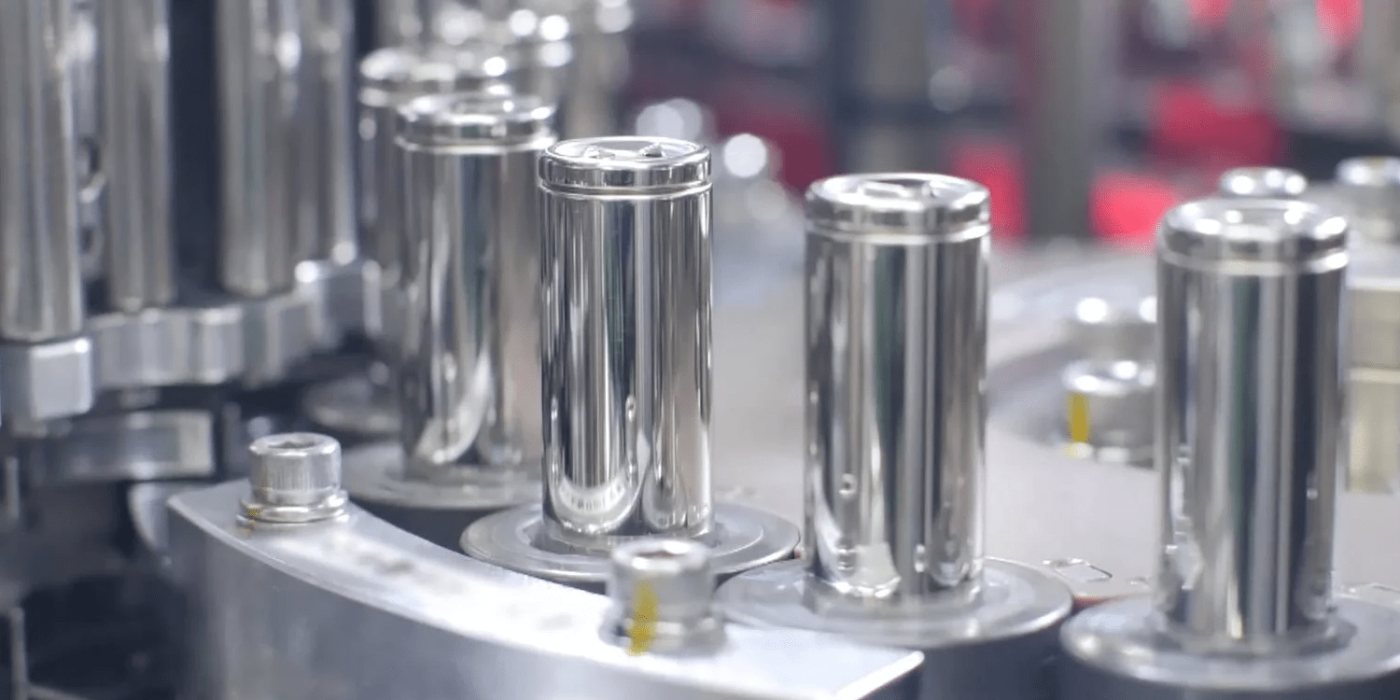USA & Japan sign trade agreement for battery resources
The USA and Japan have signed a trade agreement on minerals for electric vehicle batteries. This will allow Japanese car manufacturers broader access to the US market and subsidies under the Inflation Reduction Act.
Under the agreement, the countries will not be able to impose reciprocal export restrictions on the materials in question. These include lithium, nickel, cobalt, graphite and manganese. The aim of the agreement is also to further reduce dependence on China, according to Reuters.
The US government is currently negotiating a similar agreement with the EU, to address issues about the perceived unfairness of the Inflation Reduction Act towards European industries.
So far, the US government’s Inflation Reduction Act (IRA) stipulates that for electric cars to be eligible, 40 per cent of the critical minerals in the battery used must come from the US or a country with which the US has a free trade agreement. Until now, the USA had only signed such a free trade agreement with Canada and Mexico, which led to considerable tensions with the EU, Japan and South Korea. This is because they fear that car and battery manufacturers could relocate production to the USA in order to benefit from the incentives there.
“As the demand for electric vehicle batteries is expected to grow significantly, securing important minerals essential for their production is an urgent issue,” says Japan’s Trade Minister Yasutoshi Nishimura.
In the USA, the agreement has met with criticism – even on the side of the ruling Democrats. According to Congressmen Ron Wyden and Richard Neal (both Democrats), the agreement lacks some important points on climate and labour protection.
“Without enforceable environmental or labour protections, the Administration abandons worker-centric trade policy and jeopardizes our climate work by opening the door for another environmental catastrophe,” the politicians said.
The trade agreement is temporary. The two countries have agreed to review it every two years and decide whether it should be terminated or amended.





0 Comments